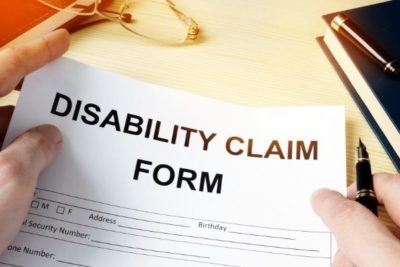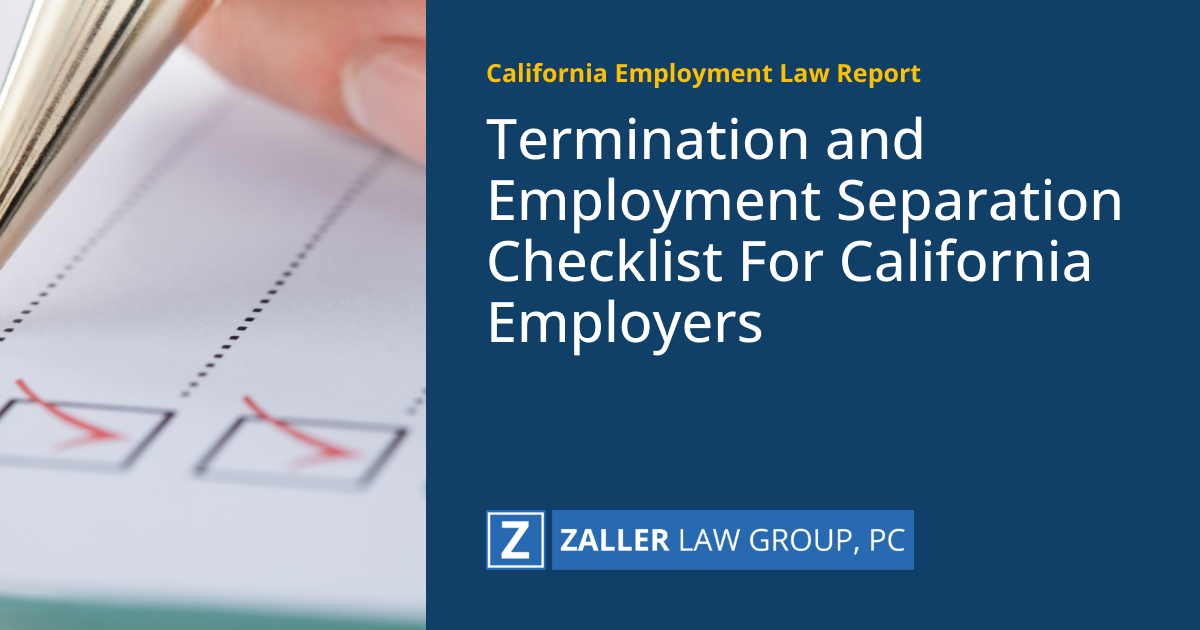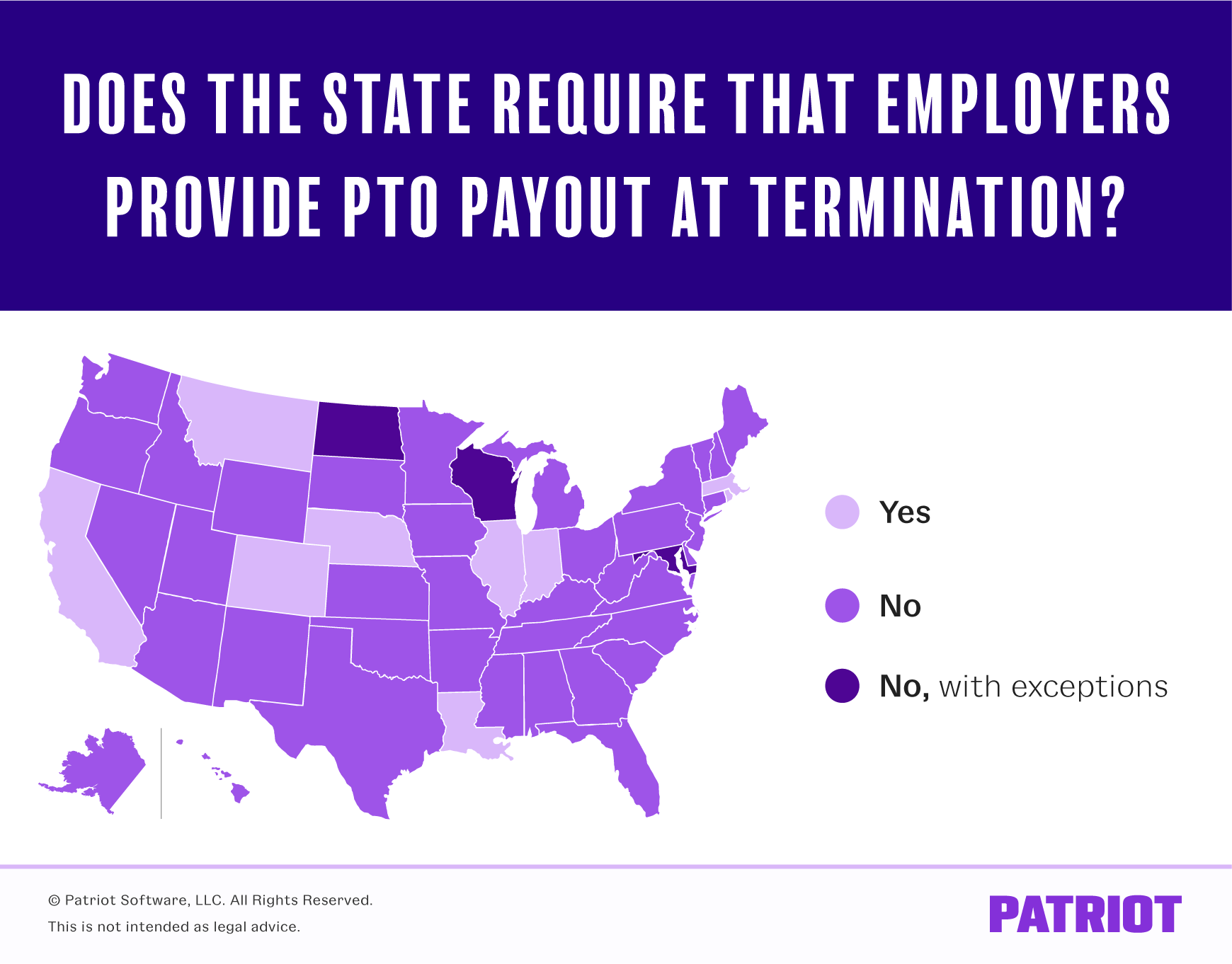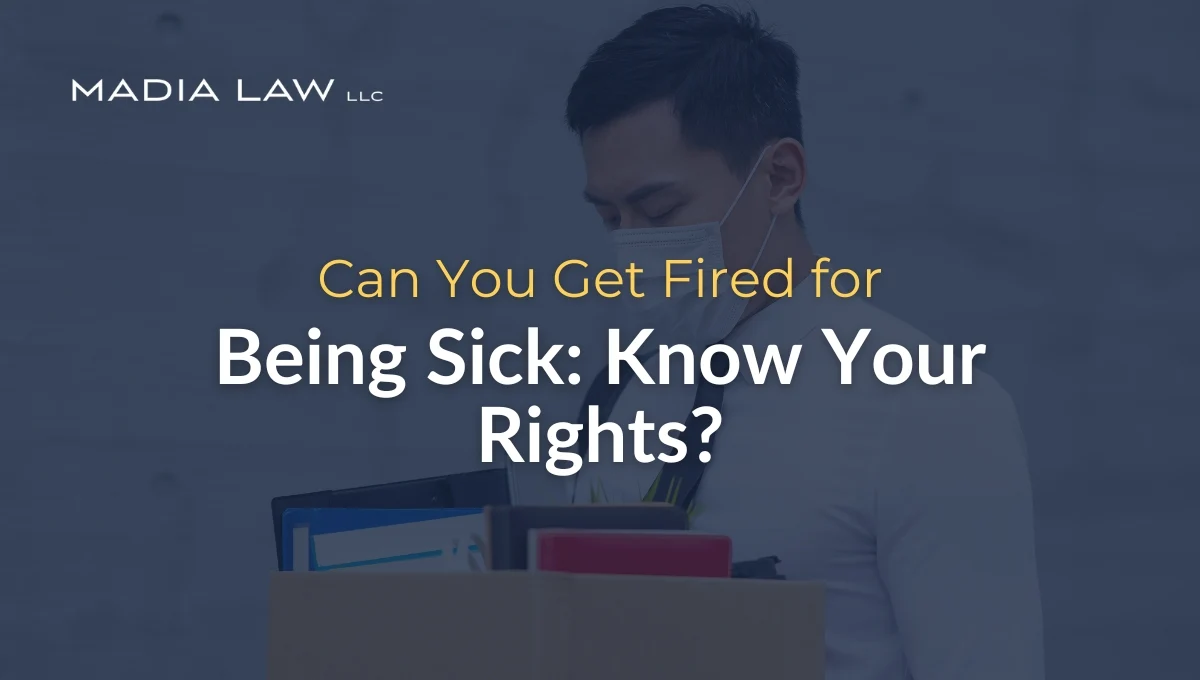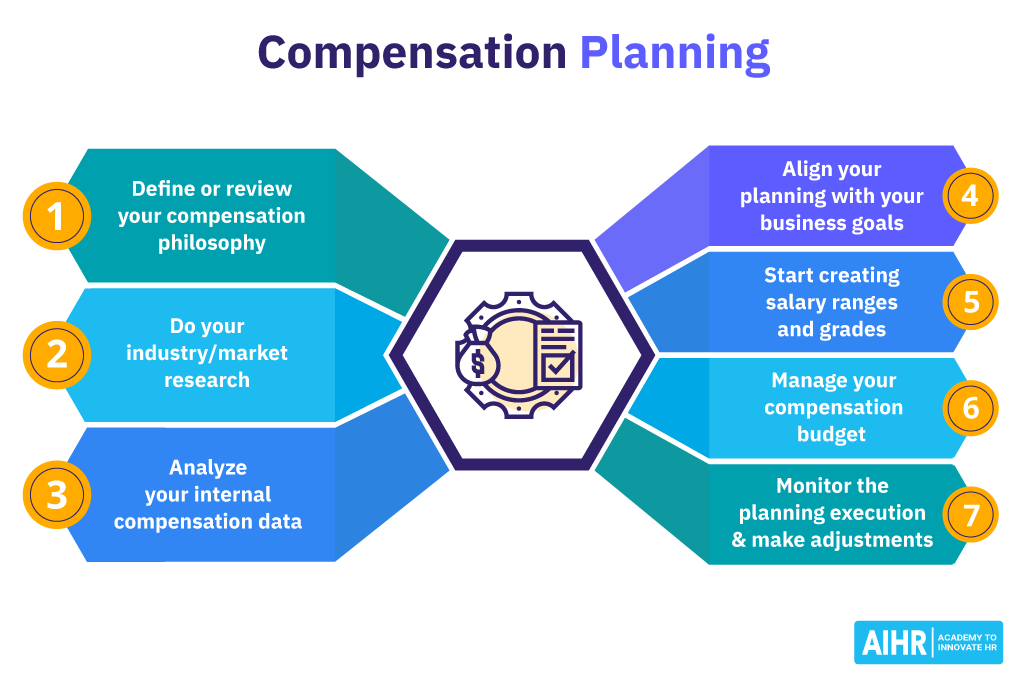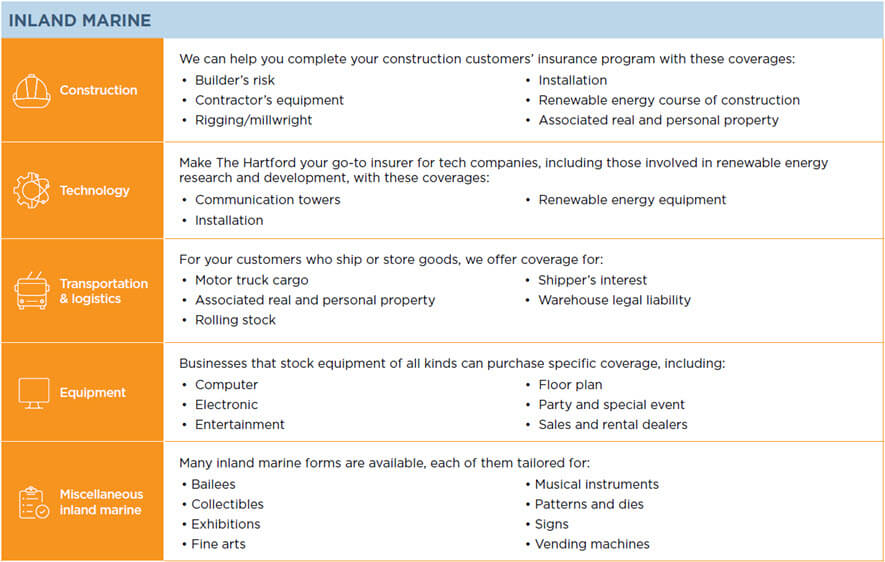When an employee is unable to work due to illness or injury, Long-Term Disability (LTD) benefits provide a vital financial safety net. However, the duration of these benefits is not indefinite, and employers may eventually consider termination. The risk of termination increases as the employee’s absence extends, raising questions about how long is too long. Understanding the threshold at which termination risks kick in is crucial for both employers and employees, as it can significantly impact the employee’s future and the employer’s obligations, making it essential to explore the intricacies of LTD benefits and employment law.
Understanding the Risks of Long-Term Disability Leave
When an employee is on Long-Term Disability (LTD), the employer must navigate a complex web of laws and regulations to avoid wrongful termination claims. The length of time an employee can stay on LTD before termination risks kick in varies depending on several factors.
Statutory Requirements and LTD Leave
Employers must comply with statutory requirements, such as the Americans with Disabilities Act (ADA) and state-specific laws, when dealing with employees on LTD leave. The ADA requires employers to provide reasonable accommodations to employees with disabilities, unless doing so would cause an undue hardship. Employers must also consider the interactive process to determine the feasibility of returning the employee to work.
Company Policies and LTD Leave
Company policies play a significant role in determining the length of time an employee can stay on LTD before termination risks arise. Employers should review their leave policies and disability management policies to ensure they are compliant with relevant laws and regulations. Employers must also consider the impact of LTD leave on their business operations and the potential for undue hardship.
LTD Leave and Employment Law
Employment law governs the relationship between employers and employees on LTD leave. Employers must be aware of the Employment Insurance (EI) regulations and the Family and Medical Leave Act (FMLA) when dealing with employees on LTD leave. Employers should also consider the potential for litigation and the importance of documenting everything.
The Role of Medical Evidence in LTD Leave
Medical evidence is crucial in determining the legitimacy of an employee’s LTD claim. Employers should require medical documentation to support the employee’s claim and to determine the restrictions and limitations of the employee. Employers should also consider independent medical examinations (IMEs) to verify the employee’s medical condition.
Returning to Work After LTD Leave
When an employee is ready to return to work after LTD leave, the employer must consider the return-to-work process. Employers should work with the employee to develop a return-to-work plan that takes into account any restrictions and limitations. Employers should also consider reasonable accommodations to facilitate the employee’s return to work.
| Factor | Description | Impact on LTD Leave |
|---|---|---|
| Statutory Requirements | Laws and regulations governing LTD leave | Employers must comply to avoid wrongful termination claims |
| Company Policies | Leave policies and disability management policies | Employers must review and comply with relevant laws and regulations |
| Medical Evidence | Medical documentation supporting LTD claim | Employers require medical evidence to determine legitimacy of claim |
| Return-to-Work Process | Process for returning to work after LTD leave | Employers must work with employee to develop return-to-work plan |
| Reasonable Accommodations | Accommodations to facilitate return to work | Employers must consider reasonable accommodations to facilitate return to work |
How long can an employee be on long-term disability before termination?
.png?width=1000&height=600&name=MicrosoftTeams-image%20(185).png)
The length of time an employee can be on long-term disability before termination varies depending on several factors, including the employer’s policies, the applicable laws and regulations, and the specific circumstances of the employee’s case. Generally, employers are required to provide reasonable accommodations to employees with disabilities and to engage in an interactive process to determine whether the employee can return to work. However, if the employee is unable to perform the essential duties of their job, even with accommodations, the employer may be able to terminate their employment.
Factors Affecting Termination
The decision to terminate an employee on long-term disability is often influenced by several key factors. The employer’s obligations under human rights legislation, the terms of the employment contract, and the applicable disability insurance policy all play a role in determining how long an employee can remain on long-term disability before being terminated. Some of the key considerations include:
- The length of time the employee has been on disability leave and the likelihood of their return to work
- The employer’s obligations under human rights legislation to accommodate employees with disabilities
- The terms of the disability insurance policy and the availability of benefits
Accommodation and Interactive Process
Employers are generally required to engage in an interactive process with employees on long-term disability to explore potential accommodations that could facilitate their return to work. This may involve assessing the employee’s abilities and limitations, identifying potential job modifications, or exploring alternative roles within the organization. The goal of this process is to determine whether the employee can perform the essential duties of their job, or another job, with or without accommodations. Some of the key aspects of this process include:
- Assessing the employee’s functional abilities and limitations
- Exploring potential job accommodations or modifications
- Identifying alternative roles or job restructuring options
Legal Considerations and Risks
Terminating an employee on long-term disability can be a complex and potentially litigious process. Employers must be mindful of their obligations under human rights legislation and the potential risks associated with terminating an employee with a disability. Some of the key legal considerations include:
- The risk of human rights complaints or litigation
- The need to demonstrate that the termination was not discriminatory in nature
- The importance of maintaining detailed records of the accommodation process and the reasons for termination
Can a company fire you while you're on disability?
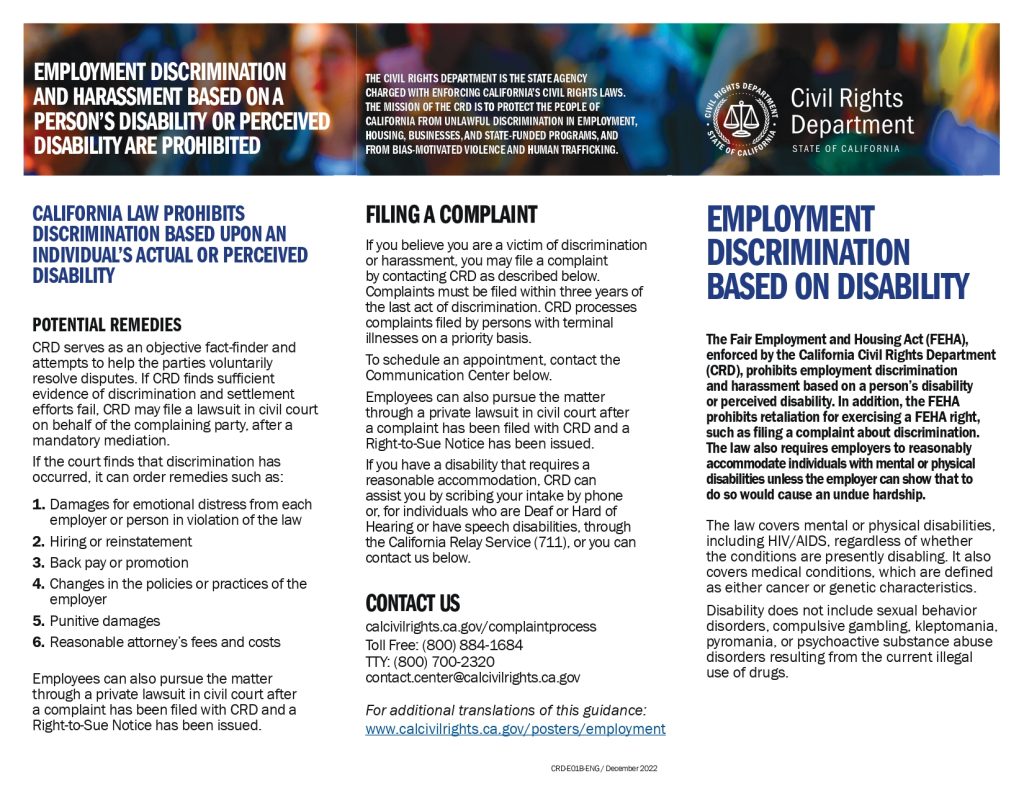
In the United States, the Americans with Disabilities Act (ADA) protects employees from being discriminated against due to their disability. However, being on disability leave doesn’t necessarily mean an employee is completely protected from being fired. The ADA allows employers to terminate employees with disabilities if the reason for termination is unrelated to the disability. For instance, if a company is undergoing restructuring and needs to reduce its workforce, an employee on disability leave could still be let go if their position is eliminated.
Understanding Disability Leave and Termination
When an employee is on disability leave, they are typically receiving benefits under a company-sponsored disability insurance plan or through a government program like Social Security Disability Insurance (SSDI). Termination during this period can be complex, as it involves understanding both the company’s policies and the legal protections afforded to the employee. Employers must ensure that any decision to terminate is based on legitimate business reasons and not on the employee’s disability status.
- The employer must demonstrate that the termination decision was made based on factors unrelated to the employee’s disability, such as company-wide layoffs or job performance issues before the leave.
- Employees on disability leave should continue to receive updates on company matters and be considered for any restructuring or elimination of positions in the same manner as active employees.
- The Family and Medical Leave Act (FMLA) also plays a crucial role, as it provides eligible employees with up to 12 weeks of unpaid leave for certain family and medical reasons, including disability, and protects their job during this period.
Legal Protections for Employees on Disability
Employees on disability leave are protected under various laws, including the ADA and FMLA. These laws prohibit employers from discriminating against employees based on their disability and require employers to provide reasonable accommodations to enable employees to perform their job duties unless doing so would cause undue hardship. If an employee believes they were terminated unfairly while on disability, they may file a complaint with the Equal Employment Opportunity Commission (EEOC).
- To be protected under the ADA, an employee must have a disability as defined by the law, which includes having a physical or mental impairment that substantially limits one or more major life activities.
- Employers are required to engage in an interactive process with the employee to determine appropriate reasonable accommodations that would allow the employee to continue working.
- The EEOC investigates claims of employment discrimination, including those related to disability, and can take legal action against employers found to be in violation of the ADA.
Steps to Take if You’re Fired While on Disability
If an employee is fired while on disability, there are several steps they can take to protect their rights. First, they should review their company’s policies regarding disability leave and termination. They should also consult with HR or a legal professional to understand their rights under the ADA and FMLA. Documenting all communications with the employer and understanding the reason given for termination can be crucial.
- Review your employee handbook and any other relevant company documents to understand the procedures and policies related to disability leave and termination.
- Consult with a legal professional specializing in employment law to assess whether your termination was lawful and to discuss potential actions, such as filing a claim with the EEOC.
- Gather all relevant documentation, including emails, letters, and any other communication with your employer regarding your disability and termination, to support your case.
Can I lose my job while on long-term disability?

Generally, being on long-term disability does not directly result in job loss, but it is possible under certain circumstances. The specifics can depend on the employer’s policies, the terms of the disability insurance, and the laws governing employment in your jurisdiction. Long-term disability benefits are designed to support individuals who are unable to work due to illness or injury, but the relationship between these benefits and employment status can be complex.
Understanding Employer Policies
Employer policies play a significant role in determining whether an individual on long-term disability can lose their job. Some companies have specific policies regarding the employment status of employees on disability leave.
- Reviewing company policies is essential to understand the potential risks and protections.
- Some employers may have a leave of absence policy that allows employees to take time off for disability without immediately jeopardizing their job.
- Understanding the notice period and any termination clauses in employment contracts or company policies is crucial.
Legal Protections and Disability
There are legal protections that may prevent or limit the ability of an employer to terminate someone on long-term disability. Laws such as the Americans with Disabilities Act (ADA) in the United States provide certain protections against discrimination based on disability.
- The ADA requires reasonable accommodation for employees with disabilities, which may include leave or modified duties upon return to work.
- Workers’ compensation laws and disability insurance laws vary by jurisdiction and can impact an employer’s ability to terminate an employee on disability.
- Some jurisdictions have laws that prohibit termination while an employee is on disability leave, especially if the leave is related to a work injury or is protected under specific statutes.
Impact of Long-term Disability on Employment Status
The impact of being on long-term disability on one’s employment status can vary significantly depending on the specific circumstances and the applicable laws.
- Being on long-term disability might not directly cause job loss, but it can be a factor if the employer believes the employee is unable to perform their job duties even with reasonable accommodations.
- If an employee is on disability for an extended period, the employer might need to consider replacing the employee or making other staffing adjustments.
- It’s essential for employees on disability to maintain communication with their employer and to be aware of their rights and the terms of their employment and disability benefits.
Can you get kicked off long-term disability?
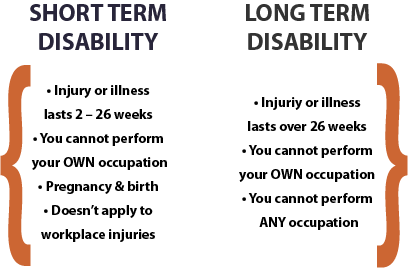
The answer is yes, it is possible to be removed from long-term disability benefits. Insurance companies and government programs that provide long-term disability benefits typically have certain requirements and conditions that must be met in order to continue receiving benefits. If these conditions are not met, benefits can be terminated.
Reasons for Termination of Long-term Disability Benefits
Long-term disability benefits can be terminated for a variety of reasons, including improvement in medical condition, failure to comply with treatment plans, or engaging in gainful employment. Insurance companies and government programs often require beneficiaries to undergo regular medical assessments to determine whether their condition has improved to the point where they are no longer considered disabled.
- The beneficiary’s medical condition improves to the point where they are no longer considered disabled.
- The beneficiary fails to comply with the treatment plan recommended by their healthcare provider.
- The beneficiary is found to be engaging in gainful employment, which is defined as work that generates a certain level of income.
The Process of Terminating Long-term Disability Benefits
The process of terminating long-term disability benefits typically involves a thorough review of the beneficiary’s case, including their medical records and any other relevant information. Insurance companies and government programs may also conduct surveillance or investigations to determine whether the beneficiary is misrepresenting their condition.
- The insurance company or government program conducts a review of the beneficiary’s medical records to determine whether their condition has improved.
- The beneficiary is required to undergo an independent medical examination (IME) to assess their condition.
- The insurance company or government program may conduct surveillance or investigations to determine whether the beneficiary is misrepresenting their condition.
Appealing a Termination of Long-term Disability Benefits
If long-term disability benefits are terminated, the beneficiary has the right to appeal the decision. This typically involves submitting additional evidence or information to support their claim, such as new medical evidence or testimony from their healthcare provider.
- The beneficiary submits a written appeal to the insurance company or government program, explaining why they disagree with the decision to terminate their benefits.
- The beneficiary provides additional evidence or information to support their claim, such as new medical records or testimony from their healthcare provider.
- The insurance company or government program conducts a review of the appeal, which may involve a new assessment of the beneficiary’s condition.
Frequently Asked Questions
What is the typical duration an employee can stay on Long-Term Disability (LTD) before facing termination risks?
The length of time an employee can remain on Long-Term Disability (LTD) before facing termination risks varies significantly depending on several factors, including the specific terms of the employment contract, the laws of the jurisdiction in which the employee works, and the policies of the employer. Generally, employees on LTD are protected under various laws, such as the Americans with Disabilities Act (ADA) in the United States, which mandates that employers provide reasonable accommodations to employees with disabilities unless doing so would cause undue hardship. However, the duration of this protection can be influenced by the employer’s obligations under the LTD insurance policy and the employee’s ability to return to work.
How does the LTD insurance policy impact the risk of job termination for employees on long-term disability?
The LTD insurance policy plays a crucial role in determining how long an employee can stay on disability before facing termination. If an employee is receiving benefits under an employer-sponsored LTD plan, the terms of the plan and the insurance provider’s assessment of the employee’s ability to return to work can influence the employer’s decision regarding job termination. Employers often rely on the assessments and recommendations of the LTD insurer to inform their decisions about the employee’s employment status. If the insurer determines that the employee is capable of returning to work, either in their current role or in a modified capacity, the employer may be more likely to consider termination if the employee cannot return.
Can employees on LTD be terminated if they are unable to return to work within a certain timeframe?
Termination of an employee on LTD is possible if they are unable to return to work within a certain timeframe, but it depends on the applicable laws and the specific circumstances. Under the ADA, for example, employers are required to consider whether an employee’s disability can be accommodated, which might include a leave of absence. However, if the leave is deemed to be of indefinite duration or would cause undue hardship for the employer, termination may be considered lawful. The key is whether the employer has made a good-faith effort to accommodate the employee and whether the employee has provided sufficient information about their expected return to work date.
What are the legal protections available to employees on LTD to prevent unfair termination?
Employees on LTD have various legal protections against unfair termination, including laws that prohibit disability discrimination. The ADA in the U.S. is a primary example, requiring employers to make reasonable accommodations for employees with disabilities. Additionally, some jurisdictions have laws that specifically protect employees on disability leave from being terminated solely because of their disability or leave status. Employees facing termination while on LTD should consult with an attorney to understand their rights under applicable laws and to determine whether their termination was lawful.
